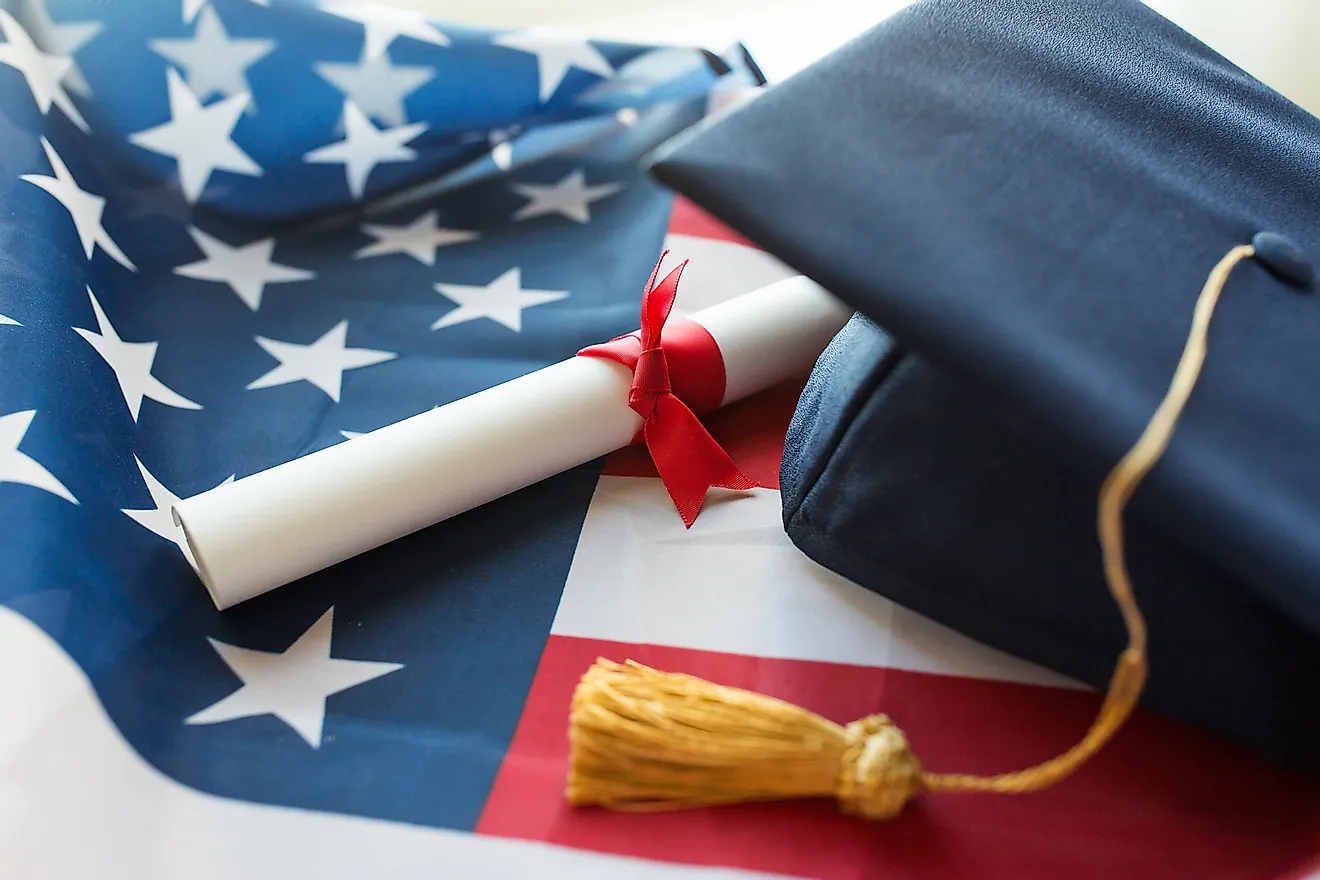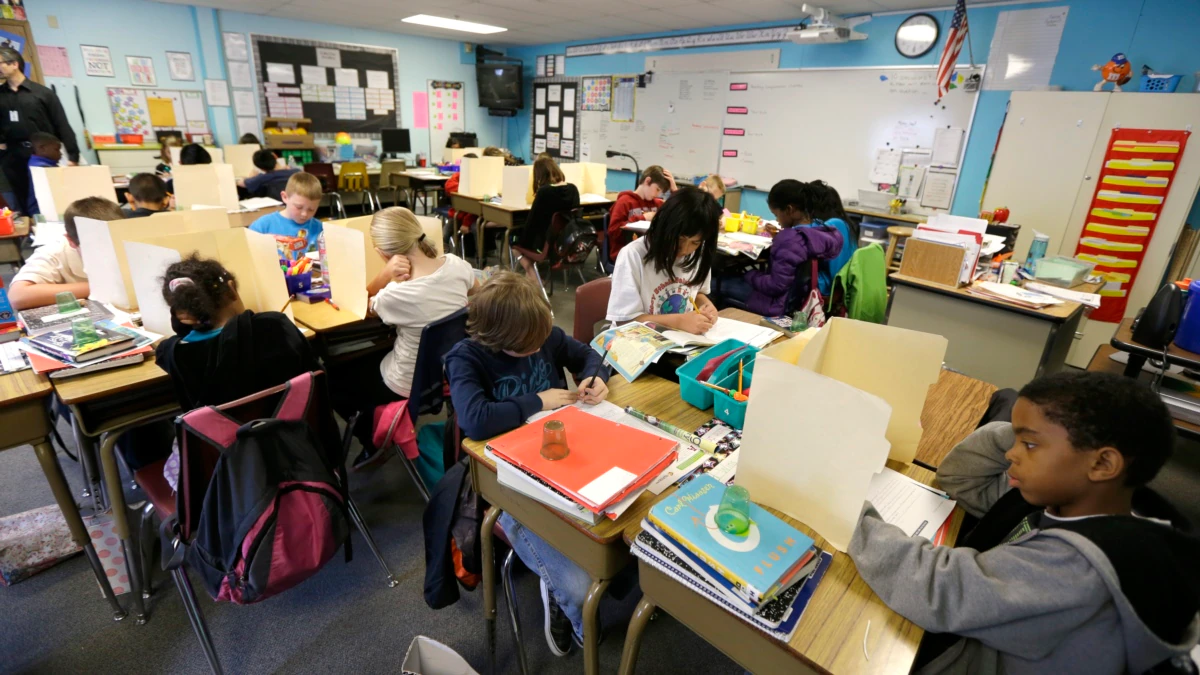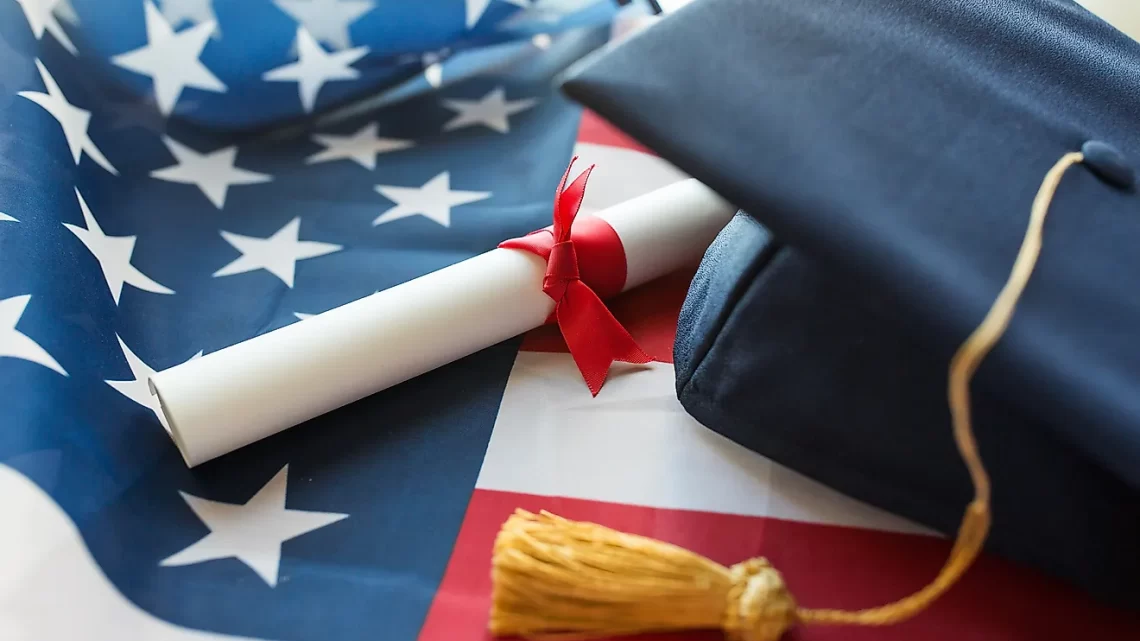What is education in the universities of the United States of America?
09.03.2022Education in the USA
The United States has the largest number of foreign students in the world – over 800,000. Approximately 4% of all students enrolled in US institutions of higher education are foreigners.
America is home to some of the world’s most prestigious universities. US universities offer a huge variety of English-language courses, degrees, specialties, research programs, all in an international environment.
The United States has a wide variety of institutions of higher education throughout the country: more than 1,700 public and 2,500 private.

Institutions of higher education in the United States
• Community colleges offer associate’s degrees, certificates, vocational degrees, and some bachelor’s degrees.
• Vocational schools offer certification for certain professions that do not require an academic degree but require specialized training.
• Colleges and universities offer all degrees from Associate to Ph.D.
• Graduate schools offer master’s and doctoral degrees and certificates.
• Seminaries offer religious education to future ministers and clergy.
There are more institutions of higher education in the US than in any other country in the world. International students with different perspectives, values and traditions come to America and enrich cultural diversity and international connections.
The United States Department of Education (USDE) and the Higher Education Accreditation Council (CHEA) recognize the accreditation and high quality of more than 19,500 American higher education programs. Among them are the Ivy League universities, which are well known as the best institutions of higher education in the US and around the world.
General Admission Requirements
Universities in the United States have their own individual entrance standards and include all or part of the following requirements:
• Grade point average (GPA) or an extract of grades indicating the average score. Most American colleges and universities require one or two standardized entrance tests to be accepted into their programs.
• Essays or questionnaires. They may include a “personal statement” about why you are considering that particular university.
• A list of courses you took during your high school education or during any previous study.
• Social activities or participation in interest groups/clubs.
• Letters of recommendation from teachers.
• English proficiency test.
Some universities may have additional specific requirements. This can be found out by contacting the student affairs department of the university of interest.
For more information, follow the link: https://www.educationusa.info/5_steps_to_study/
Student Visa
A student visa application is usually made at the US Embassy or Consulate in your home country.
Visa requirements include:
• Non-refundable visa fee;
• Completed application forms;
• Passport valid for entry into the United States (expiration date must be at least six months before the date of departure from the country);
• Standard size photo;
• Proof of sufficient funds to stay in the country during the period of study;
•An interview with an embassy officer is usually required.

Student Help
Professional consultants guide students in their search for universities or study programs in the United States that meet their individual needs. Women’s student organizations and fraternities are national entities that focus on social interaction, service projects and student activities. Almost every university offers internship services. Employment services are focused on advising on recruitment and career opportunities for students. The credit evaluation service analyzes the qualifications of international students to determine eligibility for the program.
Some universities offer payment to students doing research. Students can negotiate scholarships with companies that cover tuition fees in exchange for several years of work.
Learning Environment
American Universities use the latest technologies and innovations along with cutting-edge research capabilities. Students are free to change their minds and move from one course to another, or even change schools.
Most classes have no more than 20 students, which contributes to closer interaction between teachers and students. All types of English language courses are available to foreign students.
With over 35 million Hispanics, the United States is the fifth largest Hispanic country. Spanish is currently the second most common language of instruction in higher education in the United States.









